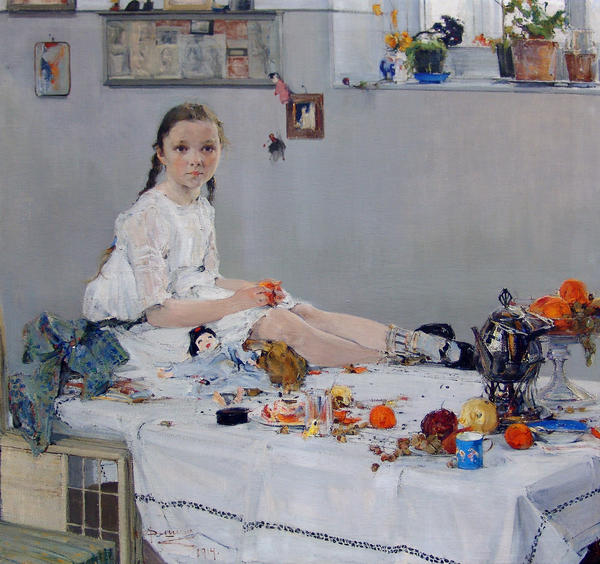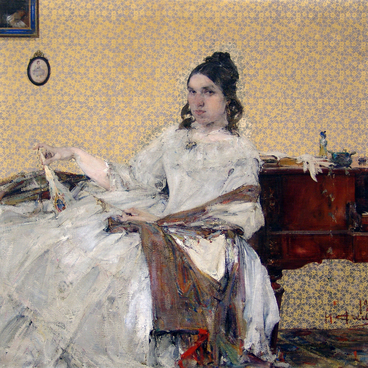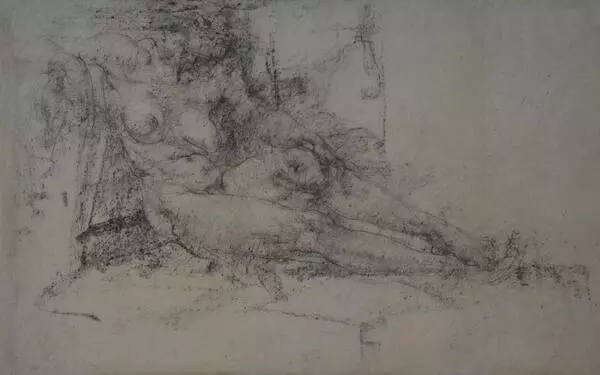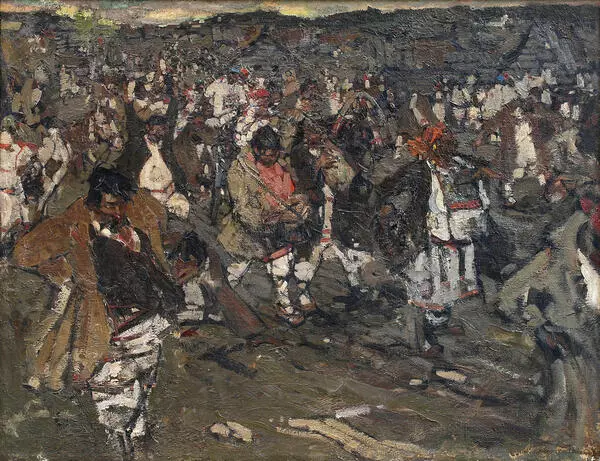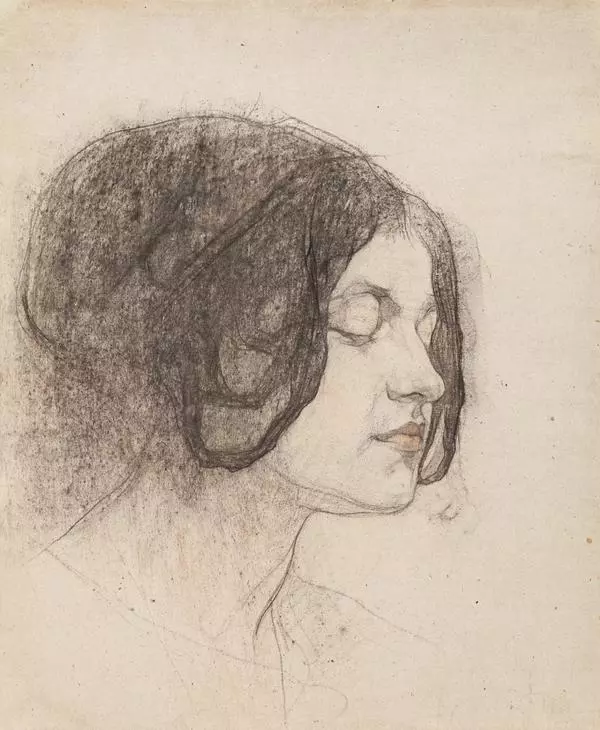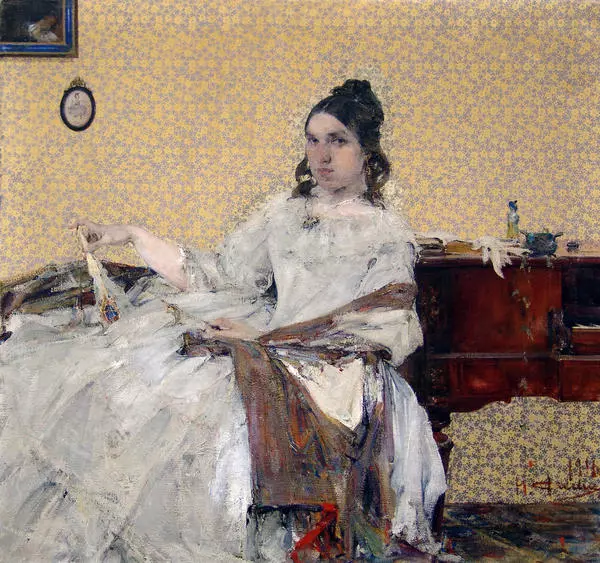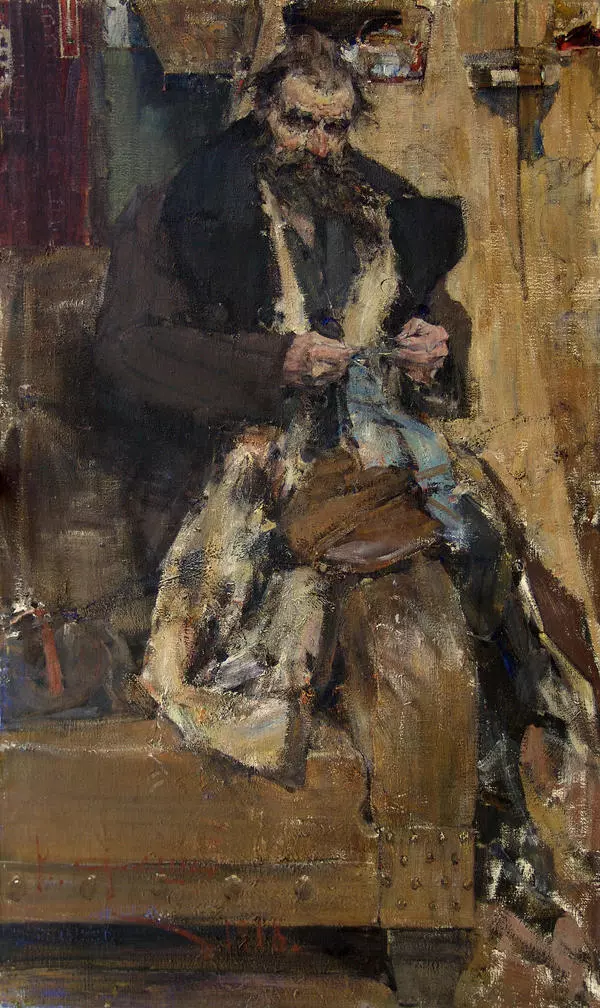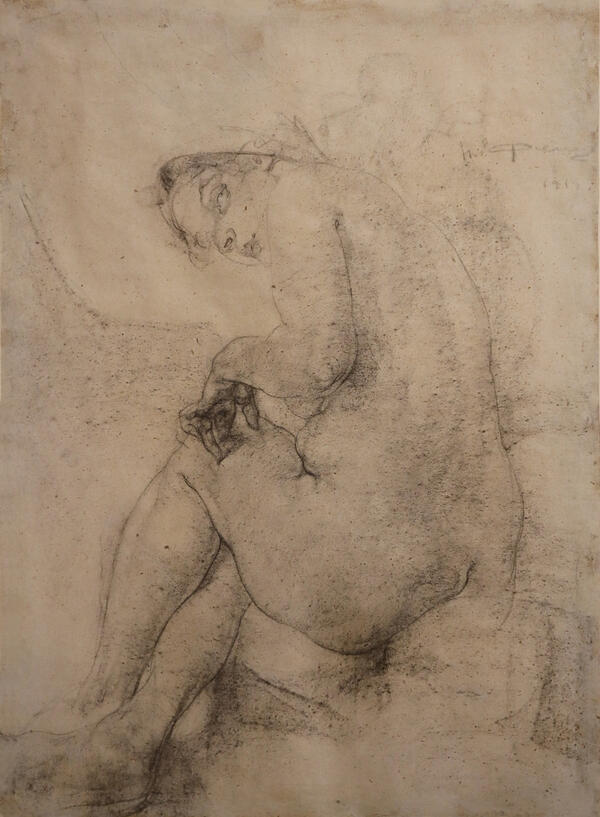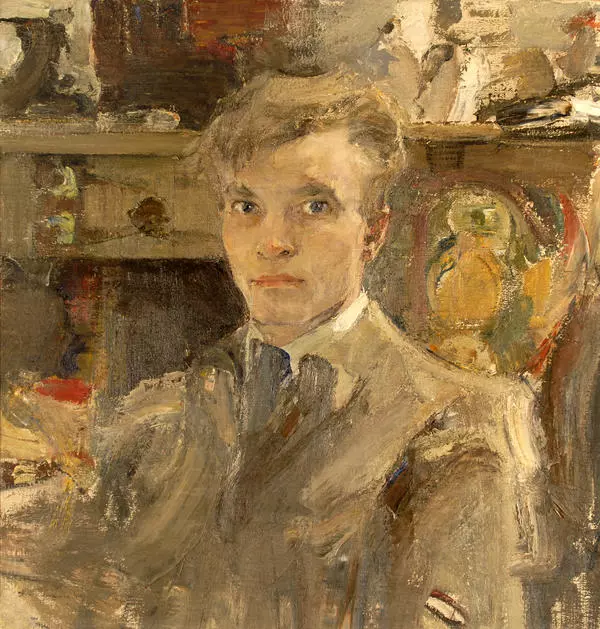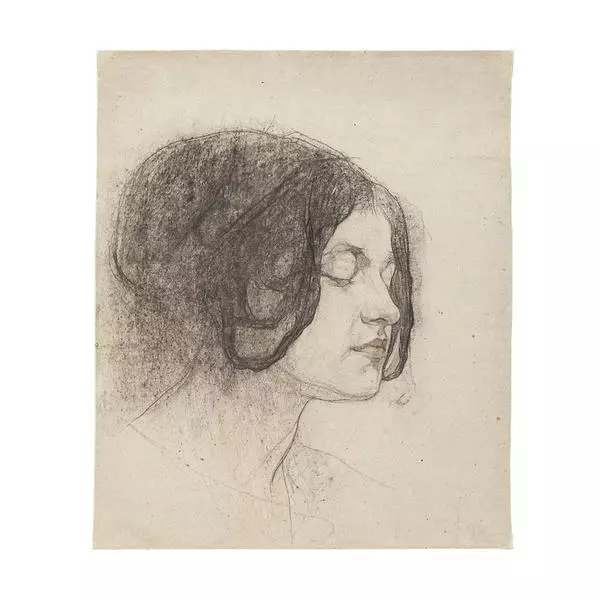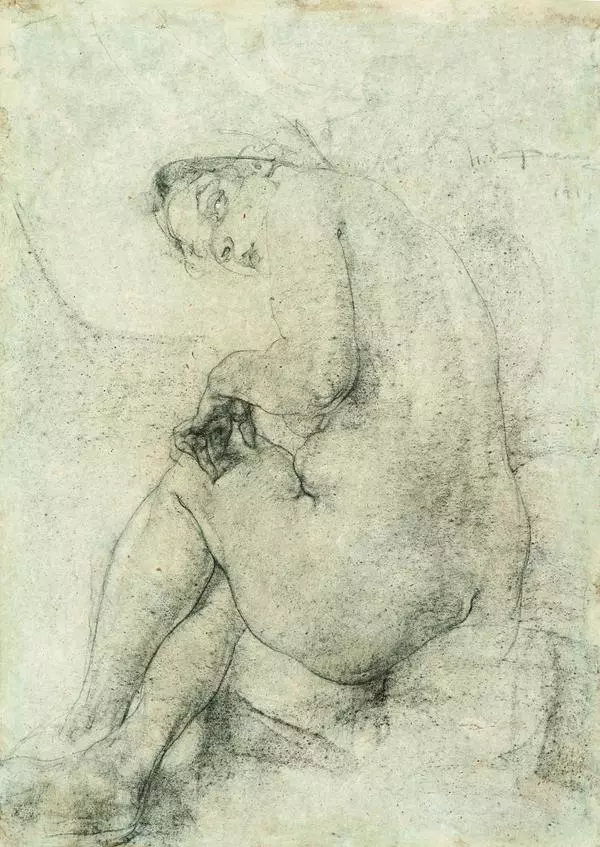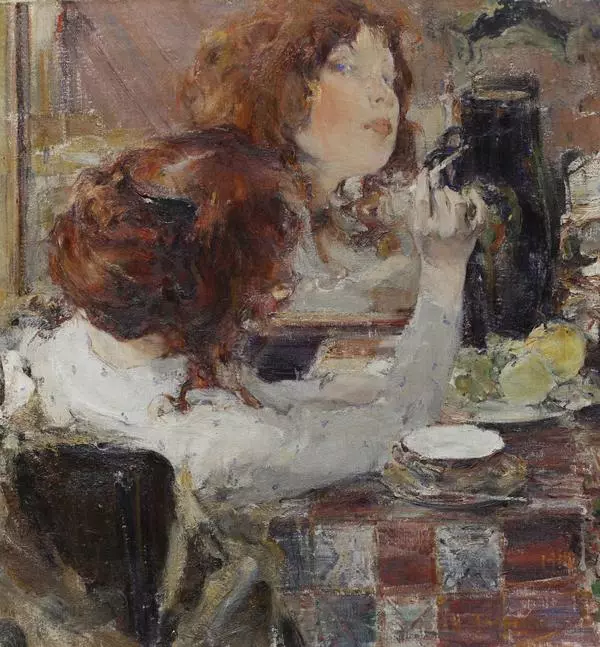Portrait of Varya Adoratskay is one of the widely recognized works of Nikolai Feshin, it became an iconic artistic representation of a child character in domestic art. It is often compared with another famous children’s portrait - “Girl with Peaches” by Valentin Serov. The artist uses rather extravagant method of composition placing the girl on a table. This way he moves a child into a space of refined still life on the foreground. The artificiality of situation is nevertheless perceived as something natural. This pose lets the artist to emphasize a native gracefulness, gentle plasticity of a child body. But curious eyes of the girl are the main focus of this painting.
Varvara Adoratskaya tells the following about a portrait painting: “I was 9 years old, quite shy and timid…<…> At first he sat me down in a wicker chair by the table, but then decided to place me on the table. I didn”t like it, because it was very uncomfortable and even painful - I felt numbness in my legs. But it was no sense of arguing with N.I.[Feshin], so I had to surrender. <…> When he painted, he used a wide palette; he had many brushes. Put a stroke - and ran back to look at, then hurried to his canvas again. He moved impetuous and worked with real temper and passion”.
Varya was a daughter of Russian historian and revolutionary Vladimir Adoratskiy, and also a niece of Feshin’s student and friend Nadezhda Sapozhnikova. Sapozhnikova ordered the portrait, and it was painted at her workshop. She also bought this painting from Feshin after the girl’s father had given up the purchase.
Feshin was a master of multi-figure composition, he proved himself in graphics and sculpture as well, but picturesque portraits stayed of the utmost importance to him. The artist was fond of drawing children since he was a student. Childhood for him is a native state of liberty, the child’s world vision is still clear. There was no difference for him: he drew children of intelligentsia and peasants’ kids as well. When in 1914 a daughter Iya was born in the artist’s family, she became the centre of attraction and the most favourite model.
After immigration to the USA Feshin painted children’s portraits of American Indians, Mexican peasants and people of Bali. Such work as “Little Cowboy”, “Balinese Girl” and “Indian Girl” are among them.
Varvara Adoratskaya tells the following about a portrait painting: “I was 9 years old, quite shy and timid…<…> At first he sat me down in a wicker chair by the table, but then decided to place me on the table. I didn”t like it, because it was very uncomfortable and even painful - I felt numbness in my legs. But it was no sense of arguing with N.I.[Feshin], so I had to surrender. <…> When he painted, he used a wide palette; he had many brushes. Put a stroke - and ran back to look at, then hurried to his canvas again. He moved impetuous and worked with real temper and passion”.
Varya was a daughter of Russian historian and revolutionary Vladimir Adoratskiy, and also a niece of Feshin’s student and friend Nadezhda Sapozhnikova. Sapozhnikova ordered the portrait, and it was painted at her workshop. She also bought this painting from Feshin after the girl’s father had given up the purchase.
Feshin was a master of multi-figure composition, he proved himself in graphics and sculpture as well, but picturesque portraits stayed of the utmost importance to him. The artist was fond of drawing children since he was a student. Childhood for him is a native state of liberty, the child’s world vision is still clear. There was no difference for him: he drew children of intelligentsia and peasants’ kids as well. When in 1914 a daughter Iya was born in the artist’s family, she became the centre of attraction and the most favourite model.
After immigration to the USA Feshin painted children’s portraits of American Indians, Mexican peasants and people of Bali. Such work as “Little Cowboy”, “Balinese Girl” and “Indian Girl” are among them.

